Pre-Selling Simplified: 6 Steps to a Successful Presale

Wouldn’t it be awesome if customers bought your product or service idea... before it even existed?
You see, as fun as it is to put in all the hard work to create your product or service…
...staying up all night, spending days, weeks, months, and even holidays toiling away at it—if it’s all just to watch your “Sure-to-be-a-success!” idea flop ...
Talk about heartbreaking!
And I mean that.
Because as an entrepreneur who has launched 10 info products and 3 productized service offerings to date, there’s no greater satisfaction than when your product launch succeeds.
And of course, the *cha-ching* sound of money coming into your bank account isn’t half bad either
But it is a sucky experience when your product or service idea doesn't really succeed.
And that’s exactly why (thankfully) the Digital Marketing Gods taught us the art of pre-selling.
Pre-selling helps you validate that your product or service is worth selling.
And in the end, having that extra bit of knowledge up front can save you loads of time and money in the long run.
In this article, I’m going to teach you:
- How to pre-sell your product or service idea step by step and how to pick that worth-selling idea.
- How to pre-launch your idea to your target market (including the emails, landing pages, and checklist required for it to be a success).
- And the common mistakes that you can easily avoid when pre-selling.
And of course, along the way, I’ll share some nuggets of wisdom based on my own experience pre-selling in the (recent) past.
Let’s start now, shall we?
In a rush? Want to download this article as a PDF so you can easily take action on it later? Click here to download this article as a PDF guide.

What Is Pre-Selling (or Presale) Anyway?
Great question to start this article with.
Pre-selling is the art (and process) of selling a product or service that doesn’t yet exist in order to find out if people like, want, or need that product or service.
Pre-selling is a highly ethical shortcut to save yourself time, money, and the potential for a “soul-crushing experience”.
And this is good news because the life of a marketer is fraught with tons of time wasters.
In fact, there are many time wasters like driving to meetings, surfing the web, and entering CRM data, according to Marc Wayshak.
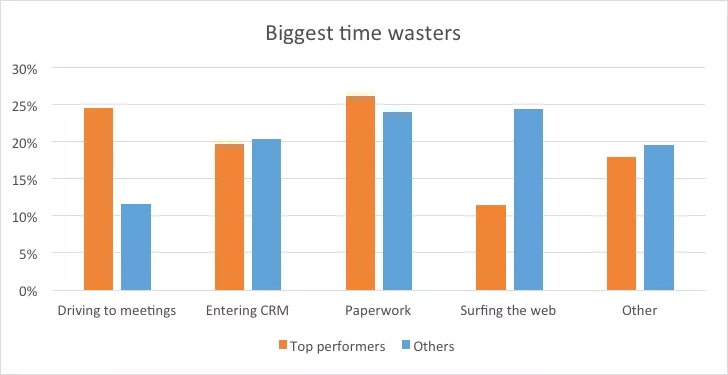
I’m not exaggerating on that last part and you’ll see in the next section why.
Because, simply put, making a unique product people want to spend their hard-earned money on (even if it’s not a physical product) is hard work.
And let’s face it, if your product or service idea is not requiring hard work, then it probably doesn’t offer much value. And this makes your idea more likely to flop.
With that being said, if you’re putting in all that work to create your idea, you should be putting some of that effort into lowering your risk too.
What does that mean?
You see, pre-selling any product or service actually lowers your risk as an entrepreneur or startup because you confirm with your audience that there’s real market interest.
According to CB Insights, 42% of startups actually fail because there was no market need for their products or services.
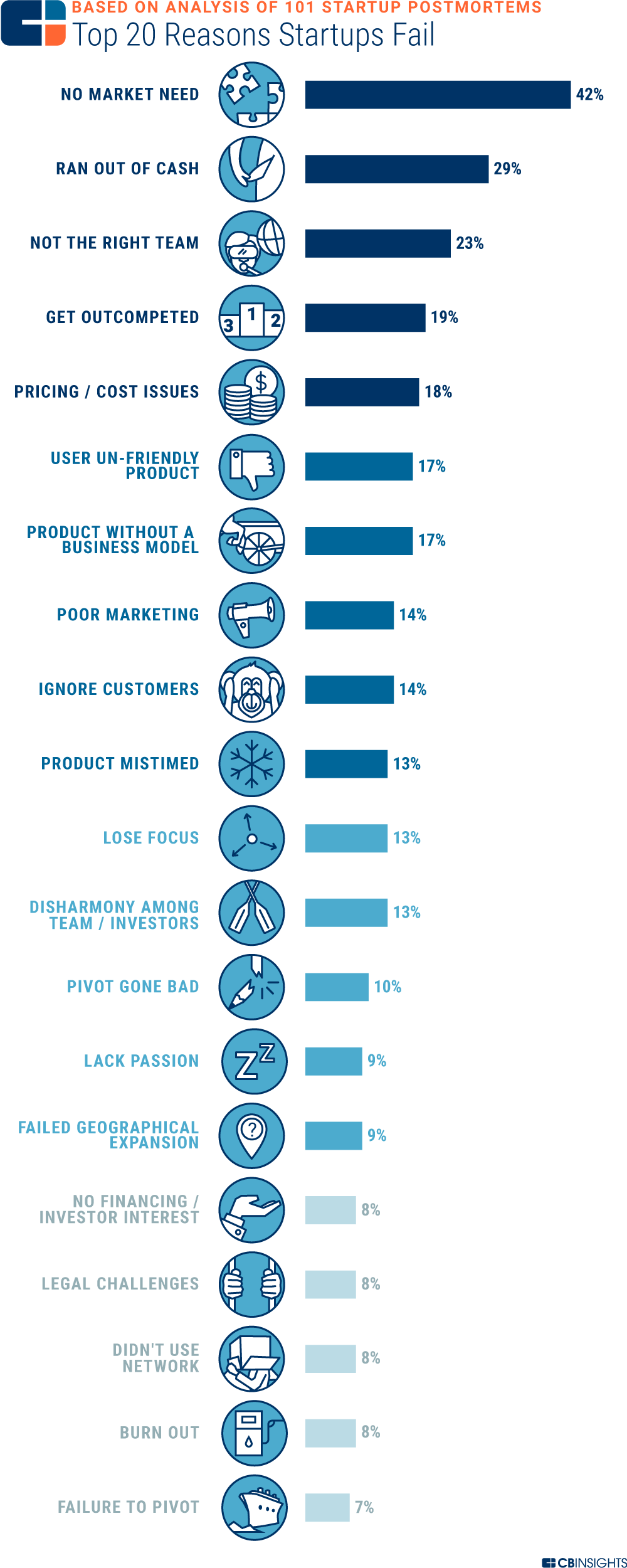
This market validation process helps you understand (and stay focused on) the benefits of the product from your customer’s point of view.
And it radically accelerates the process of turning an “idea” into it being “delivered” (I’ll explain that in a second…)
And it also gives you a financial cushion so you can focus on building your product.
Why Should You Pre-Sell in the First Place & When Is the Right Moment to Do It?
Spending months creating a product that no one has confirmed they actually want or need only to launch it and then… ::crickets::
...that’s not smart! That’s making a bad business decision.
The worst part is that “falling flat” can take years in some cases.
And in the process, money, energy, and time are wasted along the way.
This is especially important for business owners and marketers like you because time is one of your most precious assets, right?
Inc. says that entrepreneurs waste an average of 21.8 hours per week because they’re focusing on the wrong things.
However, I get that many people (you?) may be uncomfortable with the idea of pre-selling.
You probably associate it with unethical “internet market-y” tactics, even though the idea is now mainstream with sites like Kickstarter and IndieGoGo.
But so many “wantrepreneurs” literally choose to be failures-in-the-making by being “head down” 100% product-building instead of first confirming if there’s actually a market interest.
And it’s easy, too!
It can be something as simple as sending some questions to your existing email list or asking people:
You: Hey you! Mr(s). Customer?
Customer: Si?
You: Do you want this amazing thing [Insert here your product or service]?
Customer: Hm… Si!
You: Will it make your life better? Will you pay me for it?
Customer: Hm… Absolutamente! (hands over $100)
You: Sweeeet! [Time to go build that product or service]….
Entrepreneurship is both a mindset and a lifestyle. It naturally consumes you and your time.
But the thrill and fulfillment involved… it can be downright addictive.
In fact, there are now 30.7 million small businesses in the U.S. according to Oberlo.
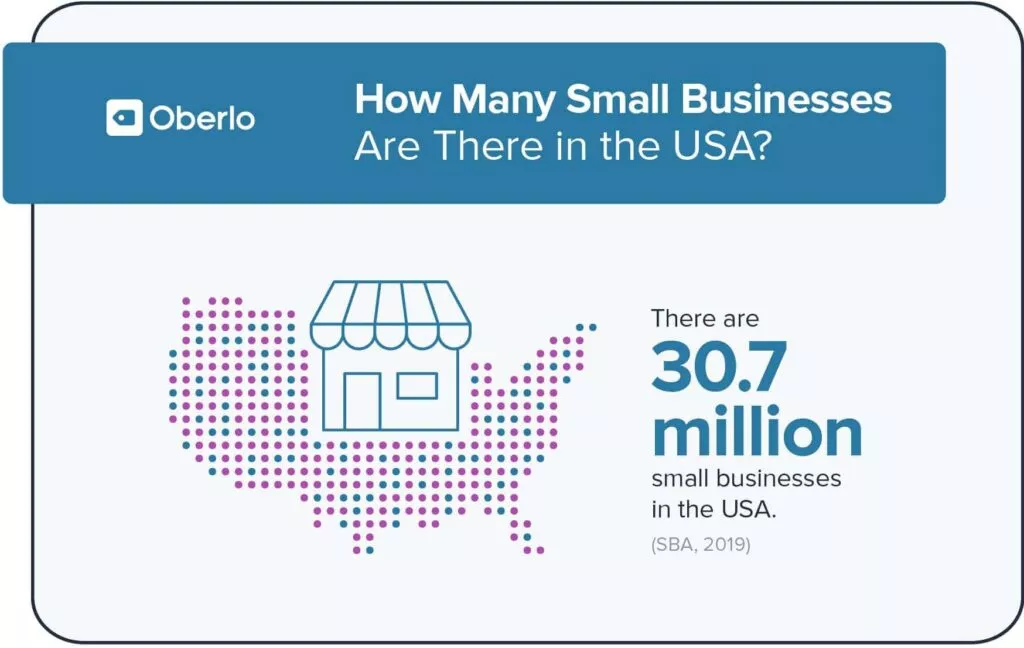
Building a successful business is a massive responsibility filled with lots of successes and painful lessons along the way.
And if you want to succeed, you should pre-sell because you value yourself, your health, your friends, your family, your sanity, and your customers.
And when should you do it? Simple: once you have a solid idea of a potential product or service backed-up by some research.
How Pre-selling to Your Existing Customers Changes the Equation (PLUS the Best Piece of Advice I Ever Got)
A presale for your product or service is the ultimate piece of positive feedback you’ll receive from customers.
See, those customers who buy will have more skin in the game by making a commitment with your product or service.
They’re basically telling you “Hey, I want the solution (your product or service) to my problem(s).”
So they’re interested in your offer.
They definitely want the value your product or service can provide.
They trust you enough to spend some of their hard-earned money on you .
In fact, U.S. consumers are willing to spend 17% more to do business with companies that provide great service according to Helpscout.
However, pre-selling to two or three of your existing customers won’t be enough.
Fortunately, you can always persuade a small number of people to buy a horrible product if you’re persistent enough.
Take Shark Tank as an example.
Remember seeing an episode about ToyGaroo?

They called themselves the Netflix of toys. People would be able to rent toys each month because you know, kids get bored of playing with the same toys all the time.
Well, after Mark Cuban and Kevin O’Leary invested $200,000 for 35% equity, the company filed for bankruptcy.
And this happened because it was a great business idea but poorly executed according to Forbes.
And I actually did something similar with my first SaaS product, BlueSkyLocal.
Smart idea, wrong market.
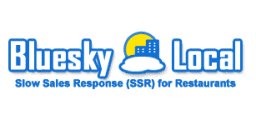
I started it up right after I graduated from college.
I remember talking to a former alumnus of my college. It was Jay Walker, founder of the multibillion-dollar publicly-traded company, Priceline.com.
I told him about BlueSkyLocal. I explained to him it was a software that sent out text message coupons for restaurants on slow sales days (like when it was raining or on a Tuesday.)
And he gave me a piece of advice that I’ll never forget because I knew he was darn right...
Him: Why don’t you make your customers your investors?
Me: What do you mean?
Him: Don’t even create the product. Just go around, show people what it will do, and get like a hundred businesses signed up. Have them pay you something for it. THEN go build it.
It was such an eye-opening moment for me!
But of course, I immediately ignored it
Well, not completely…
I was able to pre-sell the product to 4 local businesses at some point but my business idea wasn’t really solving too painful of a problem for people.
The real reason why people would sign up was because I already had personal relationships with them. And also because I had helped them make money from a previous business I ran on campus.
Moreover, I didn’t collect money, just credit cards, with a promise to charge the card once we had the finalized product available.
It wasn’t much, about $500 recurring monthly revenue.
But this is exactly why you should aim for a number closer to what Jay Walker recommended to me.
I recommend you to start with at least 30 since 100 is difficult to start with.
And last but not least, you should also charge up front, offer a discount, and provide an estimated (but doable) delivery date for the product.
Now that you know the basics about pre-selling, it’s time to dive into the actual steps to start making your presale a success!
6 Steps to Selecting Your First Product Idea to Pre-sell (And Do the Proper Research on It)
It’s time to pick a bullet-proof idea to make your pre-launch work.
And here are 6 steps you should follow to maximize your chances of success...
Step #1: First Thing's First, Will You Be Pre-Selling a Product or a Service?
Pretty straightforward.
But I actually recommend you to do something more specific here other than deciding the answer.
You should create a list of criteria for what you don’t want from your product or service in terms of your workflow and lifestyle.
Let me explain myself.
Selling products is great because you can focus solely on marketing once you have something that works. Are we on the same page?
But finding that perfect product idea, creating it, and making sure it can sell enough to turn a profit can be a challenge.
On the other hand, selling services is also great because you get to invent out of thin air exactly what you’ll be selling. Agree?
All you need is a landing page to start converting leads, but… there is a ton of competition and you actually need to build a team to do the work.
Plus, keeping clients happy while selling to new ones, that’s a full-time job.
I’ve pre-sold both products and productized services in the past.
And I can tell you there are some subtle differences in how you pre-sell each. And I’ll cover those coming up…
Step #2: Brainstorm a List of Problems Your Product or Service Can Solve for Your Audience
Having a great idea is only one component of success.
And as the co-founder of Dropbox, Drew Houston, describes it...
“I think of idea, team, and market as multipliers for success.”

But if you focus on the problem(s) your potential customers have and how your product or service solves them, this will help you keep your focus on value you can give to your customers.
Research by Marc Wayshak shows that most salespeople will ask questions to determine whether their product or service will solve a prospect’s problem or not.

One of the best ways, then, to see if what you’re offering will actually take off is by surveying your potential clients.
Let me give you a personal example of how this can save you time.
As I told you before, in 2009 I started my first business, BlueSkyLocal.
My idea was to help restaurants make more money during slow sales days due to the weather, day of the week, or season.
To do that, I sent out text message coupons during those slow sales days to encourage people to go to the restaurants and spend money despite the bad weather.
I successfully pre-sold the idea to 4 local restaurants before the product was even built.
But later on, when I did a research survey of over 100 restaurant owners, I realized that restaurants losing ~$250,000 per year in sales due to this problem wasn’t really a problem that the market was itching to solve.
The bottom line here is that finding a latent problem isn’t enough. You gotta find a real pain point and focus on it.
Step #3: Pick the Top 3 Most Painful Problems & Then…
When I was a college sophomore starting my first business, I was privileged to be mentored by some very smart and successful investors.
For example, Bill Trenchard would always tell me...
“What is the problem you’re solving for the market? Why is it painful? Why do they need this? How is this a ‘painkiller’ and not a vitamin?”

Andrew Warner, another successful entrepreneur has made a mantra of the phrase:
“Find the pain, and focus on it.”

I encourage you to do the same as those entrepreneurs point out.
Prioritize the pain points of your prospects. Then, focus on the idea second.
A good tactic to discovering those pain points is finding something you have personal experience with. Or, for instance, try finding something where you have some knowledge of the market.
This’ll let you understand your market’s needs better because you can empathize with customers’ needs.
Step #4: Be Like a Sponge—Absorb All the Information About Your Market By Researching
Do some research about your market’s needs but don’t invest too much time here.
Your goal with doing some research is to:
- Confirm if the problem your audience is experiencing is actually a real problem.
- Find out if people are willing to pay money to solve those problems.
- Understand if people had a magic wand to solve the problem, what that wand would do.
- See how much time, money, and effort could be saved if they had your solution.
- Find out if people would pay for an educational solution like an info product or a self-service tool like a done-for-you service.
You can also find out those things by reaching out to your market online (via a newsletter or via cold email outreach).
In my 6-figure Sales Funnel training, I go in-depth on the process of how to do target market research.

I teach this because getting a deep understanding of who your target audience is—their fears, their hopes, their motivations, how they think—will help you create highly persuasive copywriting.
For this step, look for what people are complaining about or have questions about—and the answers.
You can use social media for this purpose.
- Read Yelp reviews.
- Read what people are posting about in Facebook Groups.
- Read what people are commenting on Twitter.
- See what people are creating boards around on Pinterest (and why).
- Join LinkedIn groups and see what posts get the most attention.
All complaints or questions you find online within your target market will translate into your opportunity.
Even realizing that competitors are making money with a similar product or service, this will help you validate the idea that your product or service works.
It’s a confirmation that your market has the problem and is willing to spend money to solve it.
And it’s also an indicator of how much people are willing to spend.
There’s a good chance that without any research, pre-sell, or other prior validation the product wouldn’t sell.
So don’t skip this step!
Step #5: Go Talk to Your Target Market & Build an Audience
If you don’t have an existing audience, don’t worry, I’ve got your back.
Here’s a template you can use to create your cold email campaign (if that’s the route you’re planning to take)...

And here’s a template for your follow-up outreach message…

These two templates are a great starting point.
And now that you know what you should send to people, it’s time to find prospects in your target market to send the email to.
At this point, if you’ve selected a specific market that‘s facing the problem(s) you want to solve, you can skip the rest of this step and start getting feedback via a newsletter.
If not, here’s another template that you can use for surveying your existing audience (and that worked for me in the past)...

Again, use this template if you have an existing audience built.
If you don’t have an audience built that’s ok too. Searching Google for a specific target market will work.
Their websites will usually display their email contact info or a contact form.
And for this step you can also:
- Make a spreadsheet list of about 300 websites. Include the name of the person you want to contact and the link to their email or contact form.
- Kick off your campaign by sending between 10-20 emails per day.
- Keep track of all replies and responses you get. Seek to engage them in a conversation and get answers to the key questions I listed above.
Step #6: Make a Data-Driven Decision
You’re like a detective.
You’re searching for clues in what people tell you when you reach out to them.
Anything they tell you should help you build your product or service.
For instance, when you reach out to people, keep in mind that the law of averages says that if you reach out to 300 people you’ll hear back from about 10-20%.
It could be higher or lower depending on the quality of your research.
But since you’re looking to help people solve a problem, chances are you’ll get a higher response rate.
And that should be the end goal of your emails: to offer help—no links added or annoying favors to ask—people hate that!
“F*ck you! Don’t email me!” is probably the worst thing you’ll hear back.
But don’t let it discourage you, though. Simply take the person off your list and don’t email them again.
Assuming you get a 15% average response rate, you’ll get about 45 people responding and engaging with you on the question: “Is X a problem, or is there a more pressing (painful) problem you might solve?”
A word of warning, though: don’t sell yourself on your own idea (yet).
Avoid being married to your idea, and instead, let the market sell you on what it thinks is the best solution (or problem for you to solve them).
Otherwise, you’re just wasting your time and you’ll end up building a product no one actually needs or wants.
Remember what I said in step #2, “Finding a latent problem isn’t enough. You gotta find a real pain point and focus on it.”
And when you’re done engaging (via email or even via phone) with people who replied, it’s time to stand back and read through all the data you collected, all the notes you took, and all the responses to the key survey questions.
Then make an objective decision about whether it’s worth proceeding or not with your product or service idea.
Ask yourself:
- Does the data point to the original problem you thought the market has?
- Does the data point to a different idea you had? Or a totally new direction?
Look for patterns in the responses.
Then decide to move forward or not based on that hard data.
And once you’ve made the decision, choose which problem to focus on. Then, it’s time to go build your product or service, right?
WRONG.
You don’t want to risk potentially 100’s of hours of work based on only people’s words.
It’s time to ask people to pay you up front.
Remember how I charged people’s credit cards once I had the finalized product available for my first business?
Do the same!
BONUS Step #7: Have “Skin in the Game”—This Is Key for You & Your Customers
I know that it may be exciting to start building your product or service at this point.
But as I briefly mentioned in the step above, you should not do that yet.
Why?
Because the people who shared all the feedback and answers with you don’t really have any skin in the game (and neither do you!)…
“But Matt, if I’m creating the product, of course I have skin in the game!”
This is not about building a product and calling yourself an entrepreneur.
Nope.
This is about succeeding. This is about making sure that the product or service you build actually SELLS. And this is about adding value to people’s lives and businesses.
You cannot fully trust the data. And I’ll explain why with an example.
Back in college, one of my first business ideas was a site called “CollegeWOM.com”.
WOM meant “Word-of-Mouth.”
It was like Facebook with a greater focus on events, parties, and nightlife.
I was so hyped about this idea because I was confident it was going to work.
I even went door to door in the dormitories on campus and surveyed over 300 students.
And the vast majority of the students who I surveyed told me...
- Great idea.
- Yeah, sounds good.
- Awesome, yeah, definitely need that.
- Like it.
- Yeah, I’d use that…
- Love it.
- Of course.
- Absolutely….
But in reality, a lot of those people were just telling me what I wanted to hear, not what they really wanted to say.
And at least 50% of your prospects are not a good fit for what you sell, according to Marc Wayshak.
Most people don’t want to be disagreeable, especially if they don’t have a vested interest in the idea, i.e. “skin in the game.”
Fortunately, I moved on to another idea despite the “positive” data and feedback I received.
I am certain that if I had pursued that original idea, it would have been an uphill struggle because no one really needed an events website—including teenage college students looking to drink and party.
Examples of Successful Pre-selling Product Launches
Sometimes, knowing something is possible is all you need to feel inspired and to get started.
Here are a few examples to consider…
Pre-Selling Example #1: Zoe Linda—“$1,500 Generated in Sales Without a Single Sales Page in Sight”

Zoe Linda helps people create affiliate programs for their digital products by providing them with the tools and templates they need.
She launched her first online course while having zero pre-orders.
And after 2 months of hard work, no sales were generated.
And some of the things that made that launch fail and she later “fixed” were 1) she didn’t validate her idea, she didn’t listen to her audience, and 3) she priced the course too high.
Then, she was able to recover from a failed launch and pre-sell a new product generating $1,500 in pre-orders.
Pre-Selling Example #2: Foundr.com—$200,589 in Sales Generated for a Coffee Table Book

Foundr had been publishing their digital magazine for some time when they decided to take the next step and launch a physical product.
They created a coffee table book featuring the first few years of wisdom they’ve gathered from some great entrepreneurs.

They did it with Kickstarter, and ended up hitting their goal of generating $50,000 in only three days and ultimately raising $200,589 in the 30-day campaign period.
BONUS: Your 17-Point Pre-Selling Funnel Launch Checklist
This is the checklist you need to use when pre-selling your product or service (I used it when we launched our Proven Sales Conversion Pack product.)
1. Send an Email to Build Rapport, Authority, and to Deliver Value: Send a 1,000-word email offering value to your prospects before asking for the sale. Because people are more open to hearing of and buying your offer if you give them something first. Set the context for the offer you’re going to talk about coming up. According to Mashable, most prospects want to read emails at 6 a.m. but you can determine the best time to send your emails on your own.
2. Send an Anticipation Email: Send an email giving people a preview or a “heads-up” that you’ll be launching something new and valuable tomorrow. This is your opportunity to talk in greater detail about the problem you’re solving for your prospects. The more you agitate those pain points, the more people who have those problems will feel you empathize with them. You’re basically pacing your prospects by relating to their challenges and struggles.
3. Send a Launch Announcement Email: You’ve offered some value and you’ve built anticipation. With this email you’re now announcing that you’ve thrown the doors open on your new product or service. You’re basically saying: “Hey, remember that thing I mentioned? Well, it’s available now and here’s the problem it solves (quick recap), this is the solution (simple statement), and here are the top 3 benefits.”
4. Send a “How it Works” Email: This email sent after the launch will educate your customers on how your product or service can be used or how they work.
5. Send an Email with FAQs: The next day, send an email with a question you recently received from a customer. At this point, you probably have had at least a couple of customers email you about your product or service. Revise the question as needed so it’s relevant to other customers, and not just to the person who asked the question itself. Also, mention how other customers are buying (if they are) as a subtle form of social proof. Here’s an example of a solid FAQ email.
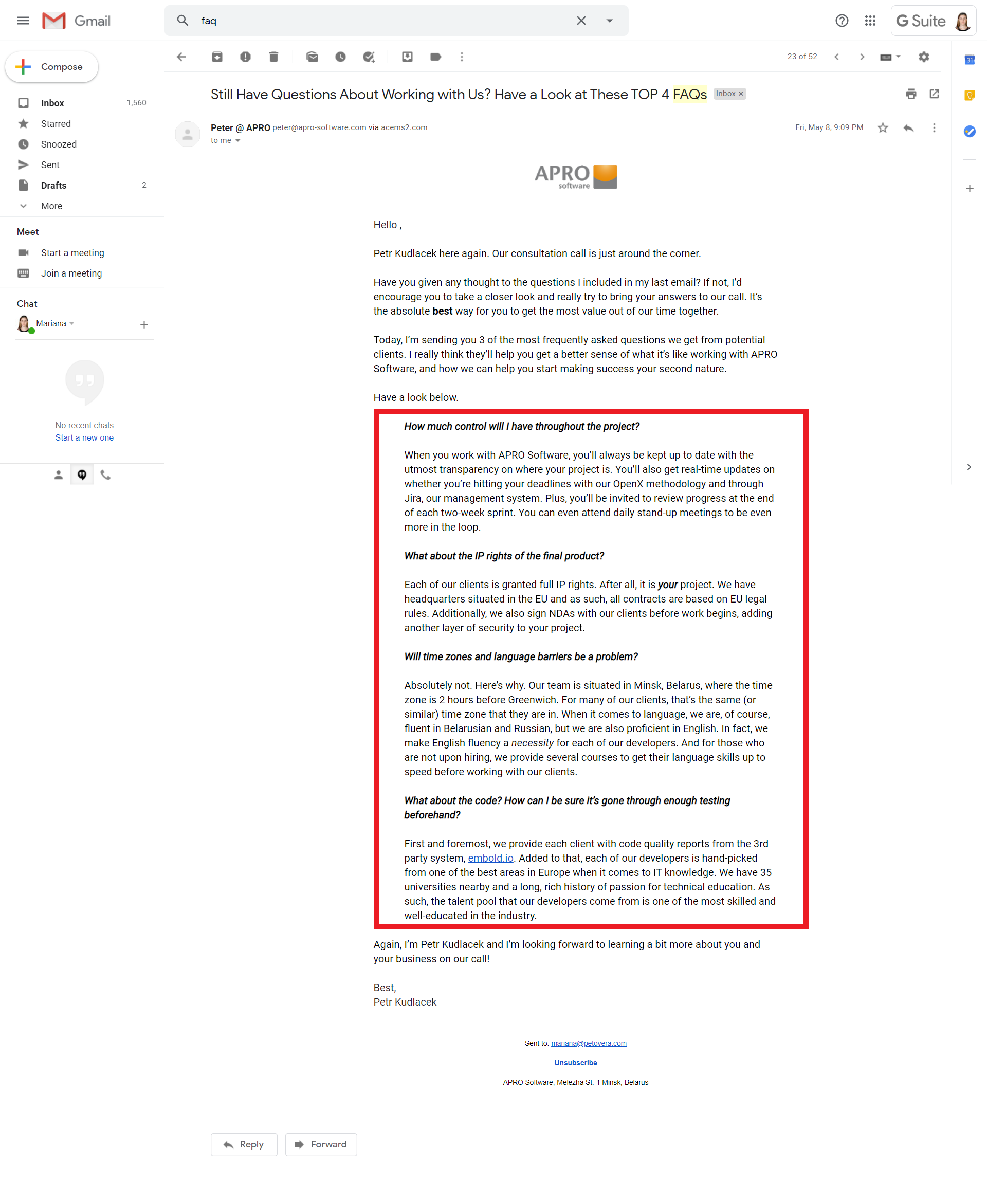
6. Send a Scarcity Email: Include scarcity (limited spots) or urgency (time-limited launch). Start by gently reminding subscribers of these limits or that time is almost up. Tapping into scarcity and urgency are tried-and-true tactics for any marketer.
7. Send a “This Is Your Last Chance” Email: This email is a quick recap of everything you’ve previously sent out but focusing on the fact that your product or service offer is about to expire, or you’re simply going to take it down or raise the price.
8. Notify People That the Doors to Your Product or Service Are Closed: This email is to thank those who opened or clicked on your previous emails. And it’s also a reminder of the benefits your product or service adds to them. And finally, this email will encourage customers who were interested but just didn’t pull the trigger to join your waitlist for when you officially launch the product later on.
9. Send a “Thank you Post-purchase” Email: This is the email that is immediately sent to customers right after they’ve bought. It is meant as a confirmation that their order has been placed. It also comforts them to know their order went through successfully. I made the mistake of not including this email in our pre-sale funnel and it created some anxiety for several customers who emailed in to ask about it. Receiving confirmation after a purchase helps to eliminate buyer’s remorse, and increases the chances of a customer returning to make another purchase according to Optinmonster. It also reviews the key details, like when you expect to deliver the product by.
10. Create Your Landing Page: Write the copy for your sales page and focus on design second. On this page, you’ll clarify for your site’s visitors any questions they may have about your product or service before buying.
11. Create a Thank You Page: This page’s purpose is to acknowledge the purchase as confirmed and comfort new customers. Remember, pre-order customers are taking a calculated risk on your new product (or service) idea by investing early. Here’s a great example of this kind of page.
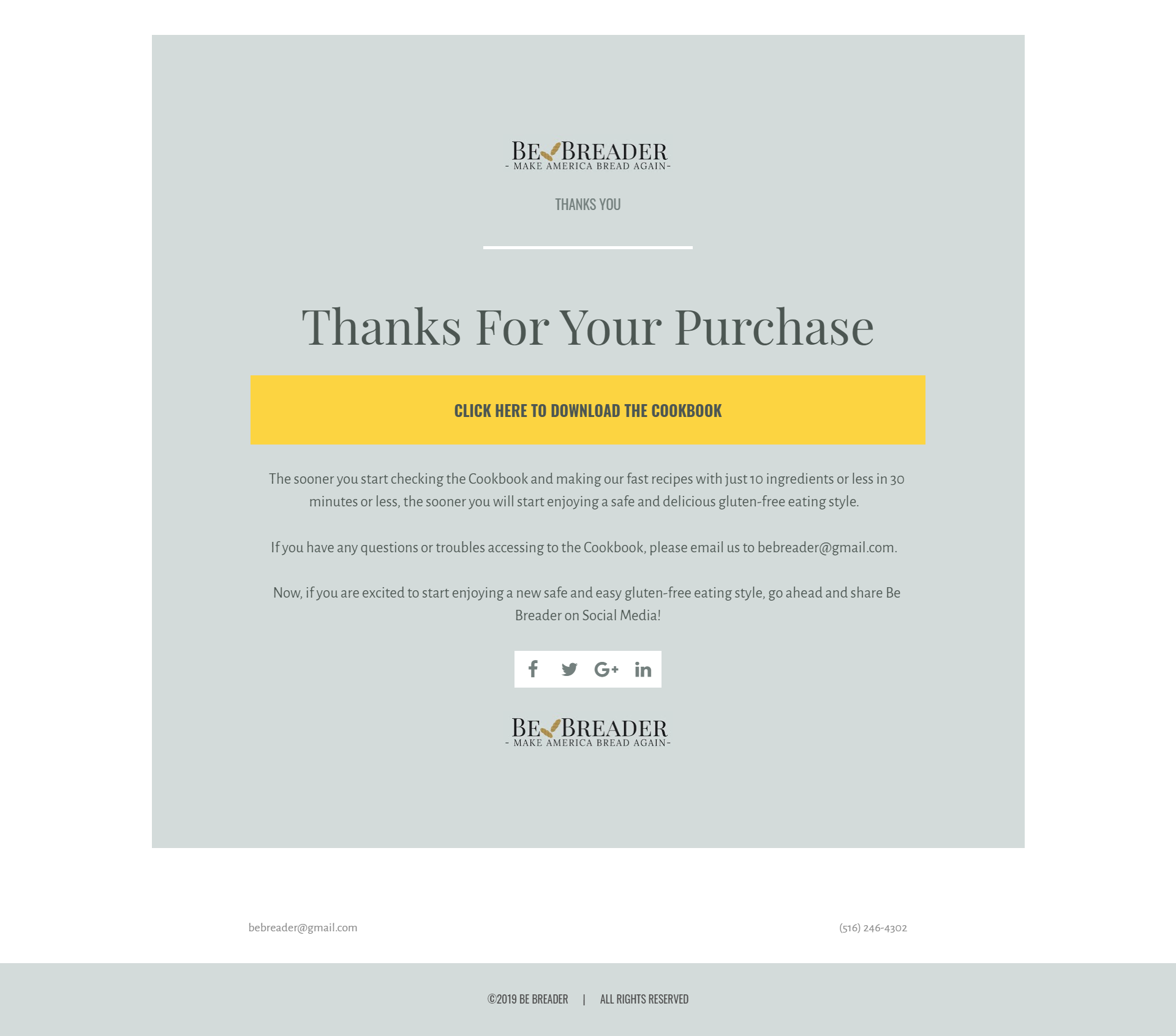
12. Add a Live-Chat Widget: Adding this feature will ensure you receive any questions or concerns prospects may have regarding your product or service. And customer satisfaction is often higher than other support channels according to HelpScout. Check out our live-chat widget below.

13. Proofread, Test, and Launch Your Page: Once your landing page is written and designed, you’ll want to do a final run-through. This’ll help you avoid zero multipliers that kill conversion. Once your landing page is proofread and tested, make it go live!
14. Build Your Checkout Page: This page is where people will proceed to buy your product or service. Make sure it has a short description of the product and that you display any risk reversal. There are plenty of affordable and cheap digital marketing tools to host your checkout pages like SamCart. Here’s what one of our checkout pages looks like.
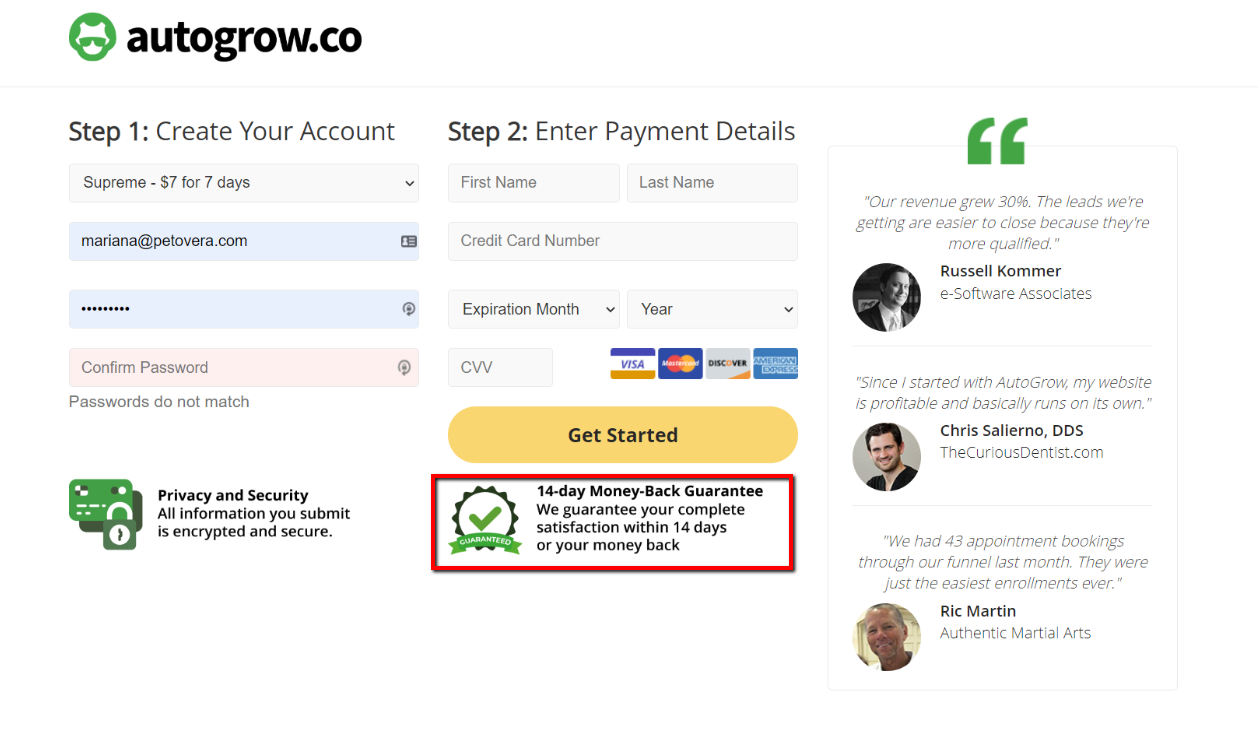
15. Create Upsells: If you have other products that offer similar or relevant value to the product you are pre-selling, you should consider upselling them. Not only does upselling grow the value of the average sale, but it gives customers some immediate value that they can consume while you create the main product you’re pre-selling. I don’t recommend creating a new product from scratch just to have something to upsell though. That’s not logical.
16. Include Deadlines and Delivery Dates of Your Product or Service on Your Landing Page: Consider adding a deadline for when you will close the doors on the offer. Urgency helps to encourage customers who are interested in making a decision one way or another. Also, add the date where people will receive what they’re buying.
17. Optimize for Mobile: Don’t forget to optimize your landing pages for mobile. This is a zero multiplier that kills conversions!
Conclusion
Download the “Pre-Selling Simplified: 6 Steps to a Successful Presale” so you won’t forget to take action on it later. Click here to download it now.
Pat yourself on the back, congratulations for:
- Coming up with your product or service idea (one that hopefully addresses a problem you personally have or can relate to).
- Validating your idea.
- Doing some research to make a data-driven decision.
- Following your pre-sale launch checklist.
- And for making some sales!
When creating your product or service, fulfill the expectations you set for customers who are trusting you with their money.
And to help build trust, I recommend you delivering part of the product early.
Then, ask for feedback and use it to make the final version of your product or service better.
And here’s a quick recap of the steps to take to have a successful presale:
Step #1: First Things First, Will You Be Pre-Selling a Product or a Service?
Step #2: Brainstorm a List of Problems Your Product or Service Can Solve for Your Audience
Step #3: Pick the Top 3 Most Painful Problems & Then…
Step #4:Be Like a Sponge—Absorb All the Information About Your Market By Researching
Step #5: Go Talk to Your Target Market & Build an Audience
Step #6: Make a Data-Driven Decision
BONUS Step #7:Have “Skin in the Game”—This Is Key for You & Your Customers
Launching a new product is a process about learning what is valuable to your customers—and then iterating to ensure you deliver it to them.
And if you're still unsure about how you want to approach digital marketing for your online business, then you need to get on the phone with one of Growbo's account strategists to learn how we can help you. Did you know we have our own in-house project management app where our clients delegate tasks? It's super easy for you and it allows our team of marketing gurus to spend more time working with your company. You could also just try our trial today with a couple of clicks.
Now tell me something, what lingering questions do you have about pre-selling a product or service? Did you have any “eye-opening” moments while reading through this article?
Let me know in the comments. I’d love to hear from you.
Keep Growin’, stay focused,














